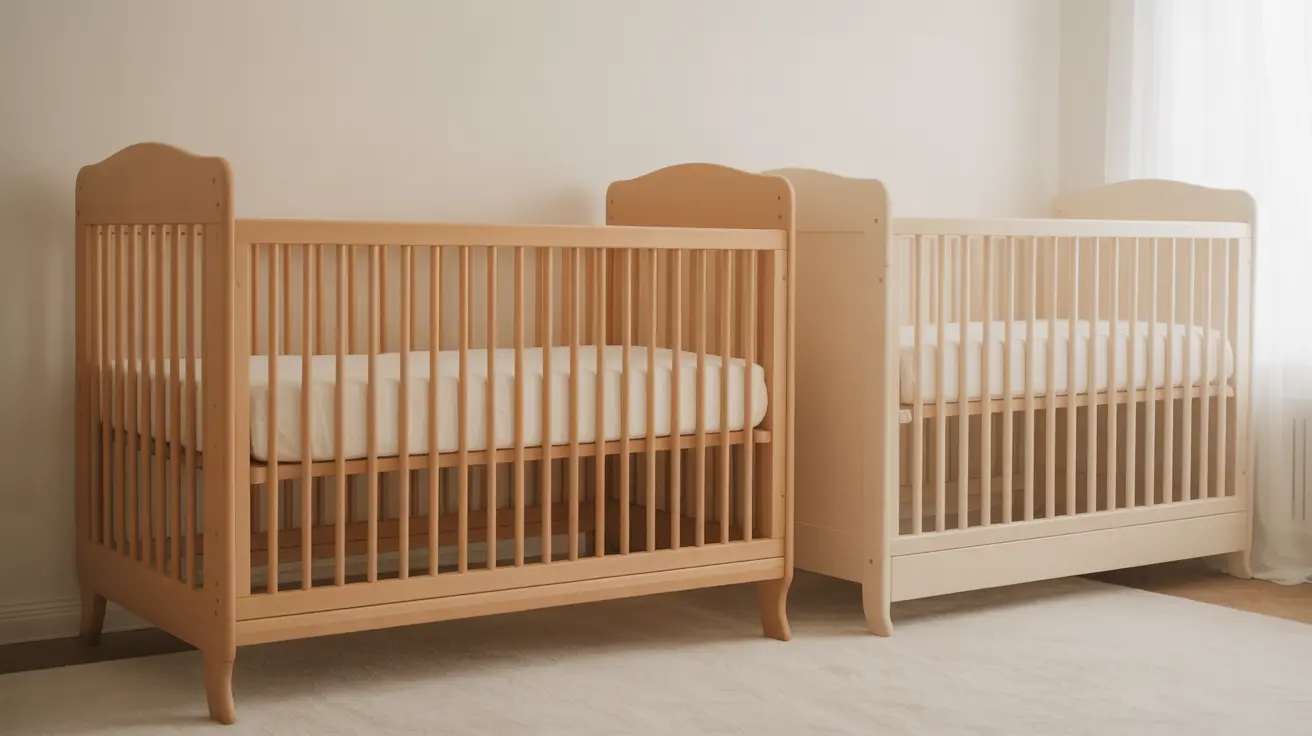The safety of your baby's sleep environment is paramount, and understanding why certain products have been banned is crucial for making informed decisions. Drop-side cribs, once a popular choice among parents, were permanently banned in 2011 due to significant safety concerns and multiple infant deaths.
In this comprehensive guide, we'll explore why these cribs became prohibited, how to identify potentially dangerous models, and what steps parents should take if they own or encounter a drop-side crib.
Understanding the Drop-Side Crib Ban
Drop-side cribs were banned nationwide after being linked to at least 32 infant deaths over a decade. These cribs featured a side rail that could be lowered to make it easier for parents to lift their babies in and out. However, this movable side posed serious safety risks when the mechanism failed or deteriorated over time.
The Consumer Product Safety Commission (CPSC) implemented the ban after discovering that the movable rails could detach, creating dangerous gaps where infants could become trapped and suffocate. This led to a complete prohibition on the manufacture, sale, and resale of these cribs.
Identifying Drop-Side Cribs vs. Safe Models
Modern cribs must meet strict safety standards that eliminate the drop-side feature entirely. Here's how to identify a potentially dangerous drop-side crib:
- Look for a movable side rail that slides up and down
- Check for plastic tracking systems and hardware
- Examine manufacturing dates (pre-2011 models are more likely to be drop-side)
- Inspect for missing, loose, or broken hardware
Current safety-compliant cribs feature fixed sides on all four walls, with no moving parts except for the mattress height adjustment mechanism.
What to Do If You Have a Drop-Side Crib
If you discover you have a drop-side crib, take immediate action to ensure your baby's safety:
- Stop using the crib immediately
- Do not attempt to sell or donate the crib
- Check for manufacturer recall information
- Dismantle the crib and dispose of it properly
- Purchase a new crib that meets current safety standards
Warning Signs of Drop-Side Crib Malfunction
Even if you're temporarily using a drop-side crib while transitioning to a safer option, be alert for these dangerous warning signs:
- Loose or missing hardware
- Gaps between the mattress and crib sides
- Unstable or wobbly side rails
- Clicking or popping sounds when moving the side
- Visible wear in the tracking system
Frequently Asked Questions
Why were drop-side cribs banned and what safety risks did they pose to infants?
Drop-side cribs were banned due to multiple infant deaths and injuries caused by suffocation and entrapment. The movable side could malfunction, creating dangerous gaps between the mattress and crib wall where babies could become trapped.
How can I identify if a crib is a dangerous drop-side model or meets current safety standards?
Look for a movable side rail that can be raised and lowered. Modern, safe cribs have all four sides permanently fixed in place. Check the manufacturing date - any crib made after 2011 should comply with current safety standards.
What should parents do if they still have a drop-side crib at home or receive one secondhand?
Stop using the drop-side crib immediately. Do not sell, donate, or pass it on. The safest course of action is to dismantle the crib and dispose of it, replacing it with a current safety-compliant model.
How do drop-side crib malfunctions typically occur, and what are the warning signs?
Malfunctions usually occur when hardware loosens or breaks, plastic tracking systems wear down, or age-related deterioration affects the moving parts. Warning signs include loose hardware, gaps, unstable rails, and unusual sounds when moving the side.
Are cribs with immobilizing hardware on drop-side rails considered safe or compliant with the law?
No, even drop-side cribs modified with immobilizing hardware are not considered safe or legally compliant. The CPSC ban applies to all drop-side cribs, regardless of modifications. Parents should only use cribs that meet current federal safety standards.




